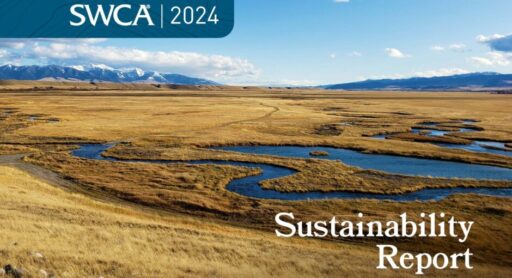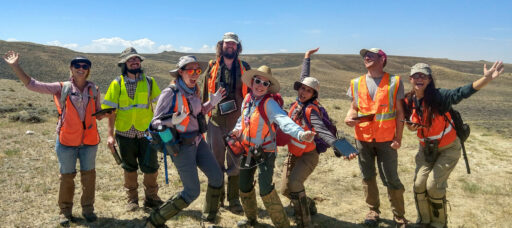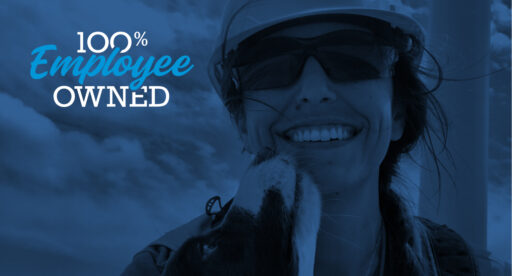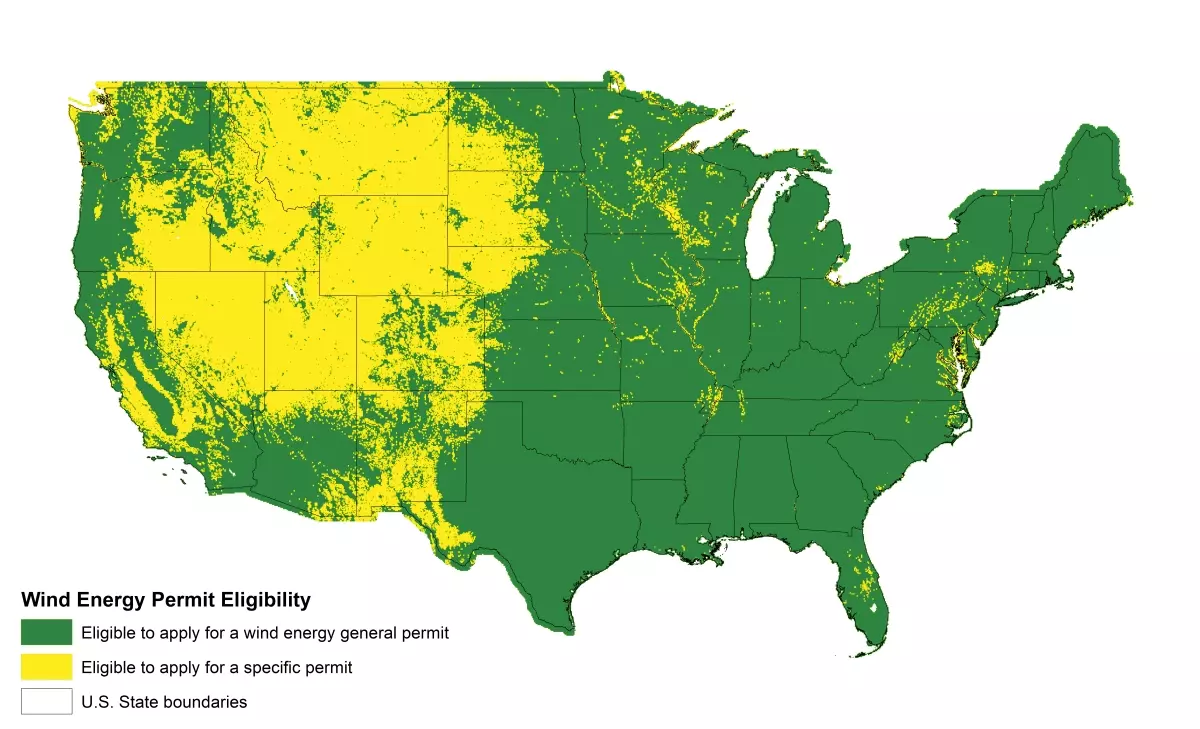2025
Comparably’s Best Company Outlook
* Providing engineering services in these locations through SWCA Environmental Consulting & Engineering, Inc., an affiliate of SWCA.

From the experts we hire, to the clients we partner with, our greatest opportunity for success lies in our ability to bring the best team together for every project.
That’s why:

At SWCA, sustainability means balancing humanity’s social, economic, and environmental needs to provide a healthy planet for future generations.

SWCA employs smart, talented, problem-solvers dedicated to our purpose of preserving natural and cultural resources for tomorrow while enabling projects that benefit people today.

At SWCA, you’re not just an employee. You’re an owner. Everyone you work with has a stake in your success, so your hard work pays off – for the clients, for the company, and for your retirement goals.
USFWS Revises Regulations for Incidental Take of Bald and Golden Eagles

Clint has eleven years of experience conducting environmental science studies and surveying for avian species and other wildlife in the western and southern United States.

Allen Graber is a wildlife ecologist, field coordinator, project manager, and scientist in SWCA’s Scientific Leadership Program. He has conducted numerous wildlife studies, sensitive wildlife and plant species surveys, and habitat assessments in the southern and western U.S. He serves as a subject expert for bald and golden eagle and southwestern willow flycatcher ecology and survey methodologies, and avian species regulatory compliance for energy generation and transmission projects.
Graber has acted as lead surveyor for bald and golden eagle (and other raptor species) nest inventory, occupancy, and productivity surveys in Arizona, California, Colorado, Nevada, New Mexico, and Texas covering >3.9 million acres and >200 eagle nests. Other projects—typically involving assessing project risk and project-siting recommendations for avian species—have included raptor migration counts; pre- and post-construction avian use counts; post-construction mortality, carcass searcher efficiency, and carcass persistence surveys; species-specific playback surveys and nest monitoring; “take” documentation; and capture, banding, and telemetry tag placement. Mr. Graber provides study design support; hires, trains, and supervises field crews; coordinates with agencies and project proponents; manages databases and budgets; interprets and analyzes data; writes and edits proposals, technical reports, sections of environmental assessments, and scientific manuscripts; and is involved in development of avian and bat protection strategies and eagle conservation strategies.

Tom Koronkiewicz is an avian ecologist and riparian habitat specialist with a background in conducting ecological investigations on the distribution and abundance of living organisms and their habitats, he has developed and managed numerous avian ecology, threatened and endangered species, demography, presence/absence, food base, brood parasitism, habitat/hydrology, long-term monitoring of marked populations, and migration studies. Mr. Koronkiewicz specializes in threatened, endangered, and protected avian studies, including Southwestern Willow Flycatcher, Yuma Clapper Rail, Yellow-billed Cuckoo, Mexican Spotted Owl, and Golden and Bald Eagle. He is a principal ecologist for development and publishing of avian survey, capture, and color banding techniques, including those targeting the Southwestern Willow Flycatcher. He has played a key role in agency consultation and development of Bird and Bat Conservation Strategies/Eagle Conservation Plans for wind and solar facilities across the western U.S.





On February 10, 2024, the U.S. Fish and Wildlife Service (Service) announced revised regulations for the incidental take of eagles using general permits and specific permits (2024 Eagle Rule). The purpose of the new general permits in particular is to increase the efficiency and effectiveness of incidental take permitting, improve clarity for the regulated community, and increase the conservation benefit for eagles. Broadly speaking, general permits will be easier to obtain and cost less for eligible projects.
The Service specifies activity-specific eligibility criteria for general permits for the following activities and types of eagle take:
For both specific and general permits, approved avoidance and minimization measures will still be required, and compensatory mitigation may be required depending on the type of activity and whether it affects bald or golden eagles.

General permits are available for all power line projects, incidental disturbance take of bald eagles, and for take of bald eagle nests in some circumstances. The Service established criteria for eligibility of wind energy projects based on a combination of distance to eagle nests and eagle relative abundance. Wind energy projects may be eligible for a general permit if all turbine-related infrastructure is at least two miles from a golden eagle nest, and at least 660 feet from a bald eagle nest, and if the project is located within an area with eagle relative abundance less than the threshold identified by regulation for both bald and golden eagles.

SWCA has helped many clients navigate the rules and regulations related to the Bald and Golden Eagle Protection Act. We have conducted eagle surveys and monitoring, prepared Eagle Conservation Plans, and helped clients obtain eagle incidental take permits for a variety of projects.
Our eagle experts are ready to help you navigate the new 2024 Eagle Rule as it applies to incidental take associated with wind energy, transmission, eagle disturbance, or nest take. If you have any questions or need more information, please contact your project manager.